
This, the final installment of the The Totally Frightful Issue actually wasn’t on the original editorial schedule.
Like so many good scares, it snuck up on us and sprung from We Want Your Art: our petition for you, our darling (and attractive) readers, to send us your aesthetic wonders.
While we’ve loved everything we’ve seen so far, Alabama photographer Eric Sizemore‘s eerie, evocative work caught our eye, if you will. A real mensch, young Sizemore allowed us the abrupt interview found after the jump, along with some select images from “AutoBioPhotoGraphs”.
A grainy recreation of Sizemore’s coming out process, this series successfully conveys the universal homo-horror of coming out. Further, The burnt edges and blacked out faces enhance the message, reminding the viewer of the identity-consuming anxiety surrounding closeted sex.
How about we take this to the next level?
Our newsletter is like a refreshing cocktail (or mocktail) of LGBTQ+ entertainment and pop culture, served up with a side of eye-candy.
Talk about totally frightful.
(Oh, and to all the people who’ve sent us art that’s yet to be posted: never fear, you’ll get your turn.)
Queerty: Growing up, did you always want to be a photographer?
Eric Sizemore: Actually no. I randomly took a photography course about 5 years ago and fell in love with capturing images.
QT: How old were you when you came out?
ES: I came out two days before my 22nd birthday. That was a year and a half ago.
QT: How’s being gay in Alabama?

ES: It’s not very easy, but it’s life. The majority of gay men in this area are actually way in the closet and married with children. I’m not like all of the other fags in the area. I spent a short period of time in LA for an internship in TV editing right after I came out. I wanted everyone to know that I was gay before I left [to show] that LA hasn’t changed me. In the June election, there was a referendum for a “gay marriage ban” which passed (of course). My friends and I were surprised that 11% of the vote had opposed the ban. [While] I still love Alabama; there are changes that need to happen.
QT: Why did you decide to recreate your coming out?
ES: I decided to re-create it because I live in the heart of the Bible Belt, and I had never seen any images like this. I fought with the issue internally for over nine years, and I wanted to show how I felt about what I had gone through.
QT: Have you had any shows?
ES: No, this work has never been in a show. I do have some very different work in one of the local galleries (Polaroid transfers of angel statues from a cemetery in Huntsville)

QT: Do you find that people act in front of the camera?
ES: These subjects did not act in front of the camera. But I didn’t want them to perform… I gave them simple tasks (take off these pants and put these on) and photographed them. From my theatre background, I learned how to get a “look” out of “performers”. Also, I’m a major in Radio/TV/Film production, so I’ve learned how to piece together images to create a “story”.
QT: Do your subjects – especially the tricks – have qualms being photographed so intimately?
ES: Yes, most of the subjects had “qualms” at first. In fact, while I was intently working on this project, I was afraid that I wouldn’t get it finished for lack of subjects. The “Click a Trick” segment was actually a trick. [He] gave me the inspiration to work on this project. That’s one reason I didn’t print faces, or tried to scratch out the faces on the negatives when needed. I also did this to highlight the anonymity of sex in the closet.

QT: Why do you work in black and white?
ES: Three reasons: first, Robert Frank said, “Black and white is the color of photography.” Second, it’s what we work with in our classes… [but] I have more control over the development and process when I use BW. And finally, black and white has a feeling, or a mood, that I feel is more suited to my work.
QT: Why the burnt edges?
ES: The idea of destroying evidence of something that I’ve been taught [is wrong] my entire life. Bellocq had done this. He photographed prostitutes in New Orleans, and when these ladies got married, they would come back to him and he would destroy the evidence by removing their faces from the images.
QT: What are your plans for after graduation?
ES: I am currently an overnight [midnight-6am] radio personality on a local station. I will probably work there for a little while longer after graduation. But in the not too distant future, I want to move. I’ve thought about LA to pursue TV post-production, [but] my photography professor has encouraged me to go to NYC and pursue art.





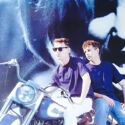




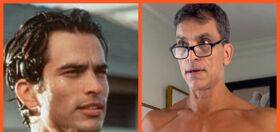




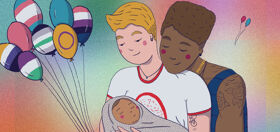

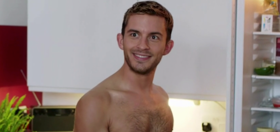
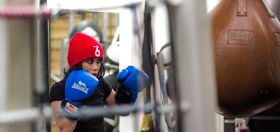


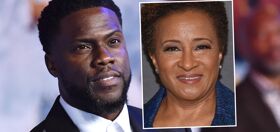

Delana Young
Eric….I’ve always loved your work. You have a great talent. Having known you since before you came out and being familiar with Alabama, I admire you for amazing courage. Your photography is intense and really draws the viewer in.
~Delana
Kristen
wow eric…u give me reason to say im proud to be from alabama….congrats….k~
Tony
Yo, just wanted to say that I’m quite impressed with your skills. There are big things to come for you….
Frankie
Excellent, such a talent.
ers
Excellent, i loved ur work. greatt